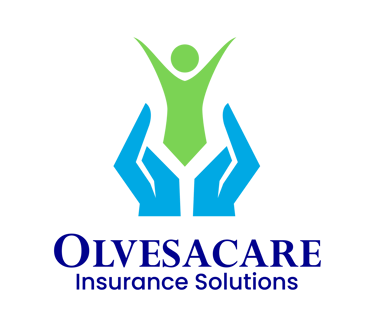
What is Medicare?
Medicare is a federal health insurance program for people aged 65 or older, as well as those with certain disabilities. Medicare is administered by the Centers for Medicare & Medicaid Services (CMS) and provides coverage for hospitalizations, doctor visits, and prescription drugs. It is divided into four parts:
Part A: Hospital insurance.
Part B: Outpatient medical services.
Part C (Medicare Advantage): An alternative offered by private health plans that covers all benefits under Parts A and B, plus additional benefits like dental, vision, transportation, and more.
Part D: Prescription drug coverage.
Some people are automatically enrolled in Medicare if they already receive Social Security benefits before turning 65. If not, they must sign up manually upon reaching that age. Depending on employment status and employer-provided health coverage, it may be advisable to delay enrollment.
Medicare Beneficiaries
Covers hospitalization services, skilled nursing facility stays, hospice care, and some home health services.
Medicare Part A (Hospitalization)
Medicare Part B
(Medical Services)
Medicare Part C (Advantage)


It covers medical consultations, preventive services, therapies, and essential medical equipment.
All-in-one plans that combine hospital and medical coverage, and often include additional benefits like prescription drugs, dental, vision, hearing, and more.
Helps cover the cost of prescription drugs needed to treat medical conditions.
Medicare Part D (Prescription Drugs)






Medicare Advantage
Medicare Advantage, or Part C, is an alternative to Original Medicare offered by private insurance companies. These plans cover Part A and Part B benefits and often include additional services such as dental, vision, wellness programs, and transportation.
To enroll, you must be enrolled in Medicare Part A and Part B and live in the plan's service area. Members receive care through a network of providers and must meet copayments, deductibles, and out-of-pocket limits.
Medicare Advantage plans may have different costs and rules than Original Medicare, so it's important to compare options and choose the plan that best suits your personal needs.
Parts A and B
Part D (prescription drugs) in most cases
Additional benefits such as:
Dental, vision, and hearing coverage
Wellness programs
Requirement: Must be enrolled in Part A or B first.
Consultations with doctors and specialists
Outpatient care and home health care
Durable medical equipment (wheelchairs, oxygen)
Preventive services (check-ups, vaccinations) Cost: Most people pay a monthly premium based on income. Check your estimated premium at Medicare.gov.
Part D (Prescription Drugs)
Covers prescription medications with varying costs depending on the plan.
Requirement: Must have active Part A or B.


Part A (Hospitalization)
Most beneficiaries can access Medicare Part A without a monthly premium, as long as they meet one of these requirements:
For people 65 years of age or older:The beneficiary or their spouse must have worked and contributed to Medicare for at least 10 years (40 quarters).
For people under 65 years of age:Be eligible due to disability, End-Stage Renal Disease (ESRD), or Amyotrophic Lateral Sclerosis (ALS).
Payment options if you don't qualify for Part A at no cost:
Pay a monthly premium if you are enrolled in Part A but don't meet the contribution requirements.
Have someone pay on your behalf (example: a family member or assistance program).
This benefit guarantees basic hospital coverage, either at no cost (for those who qualify) or through a premium payment.






Part C (Medicare Advantage)Comprehensive plans managed by private insurers (federally approved) that combine:
Part B (Medical Insurance) Covers essential medical services such as:

Age 65+: Automatic enrollment in Part A & B if you receive Social Security benefits.
Initial Enrollment Period:Starts 3 months before your 65th birthday, includes the month you turn 65, and extends 3 months after your birthday, if you are not receiving Social Security or Railroad Retirement Board (RRB) benefits.
Part B: Enrollment period runs from January 1st to March 31st each year.
Individuals who have a group health plan through their own employment or their spouse's employment during the Part A and Part B enrollment period may defer.
Special Enrollment Period for Parts A & B: Extends for an 8-month special period.
Key Deadlines:
Coverage can begin up to 6 months before the application.
Deferring Part B is possible if you have employer-sponsored health insurance.
Attention! Contributing to an HSA after enrolling in Medicare may result in additional taxes.
✔ Flexibility to choose between Original Medicare (A+B) or Medicare Advantage (C).
✔ Options for specific needs (medications, vision, dental, transportation, etc.).
✔ Financial protection against high medical expenses.
Need help comparing plans? Contact us for free personalized advice.
If you miss the other periods (there may be penalties).
When to sign up?
Legal
Privacy Policy
Terms and Data Use Policy
Accessibility and Non-Discrimination
Resources
News and Updates
Us
© 2025 by OlvesaCare. All rights are reserved.


